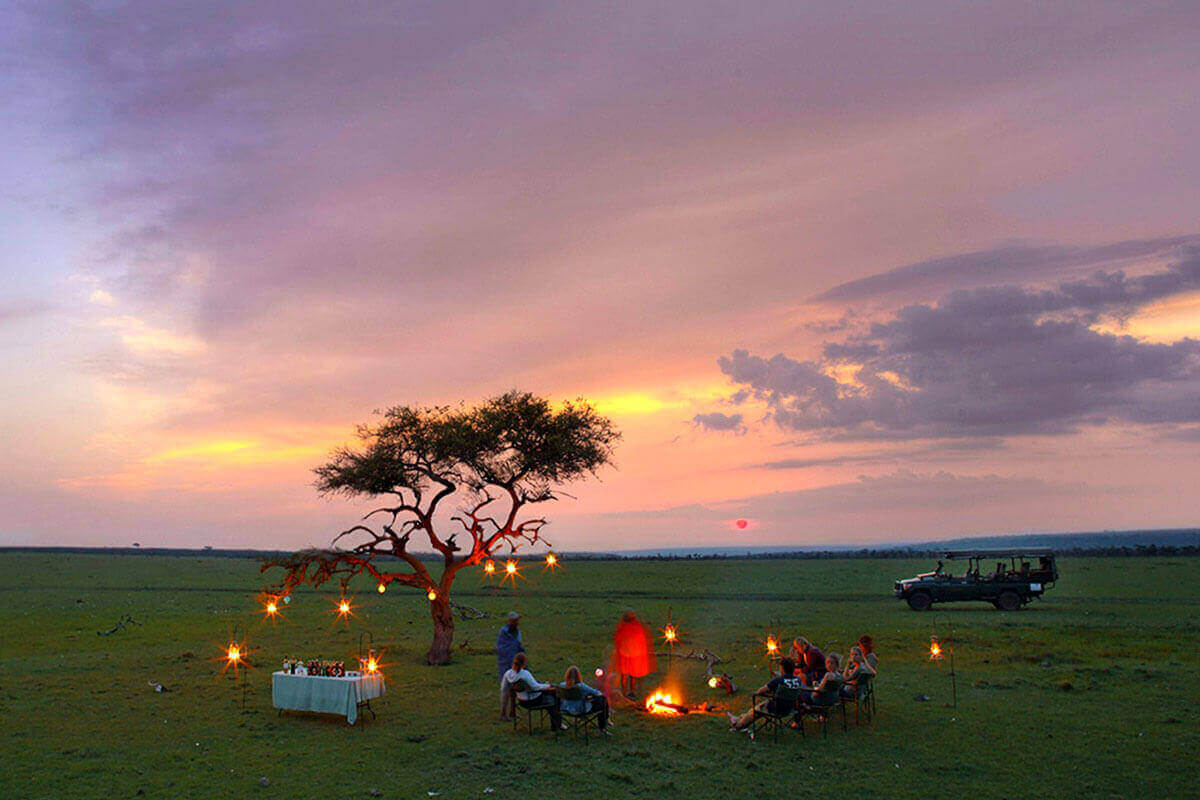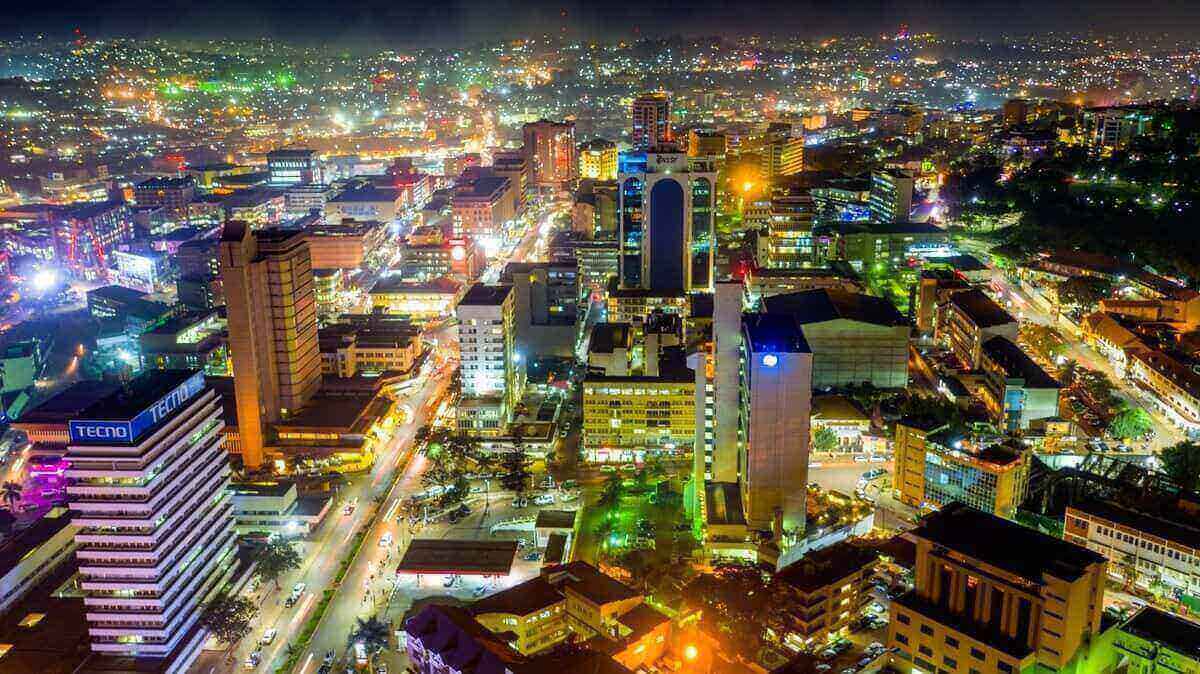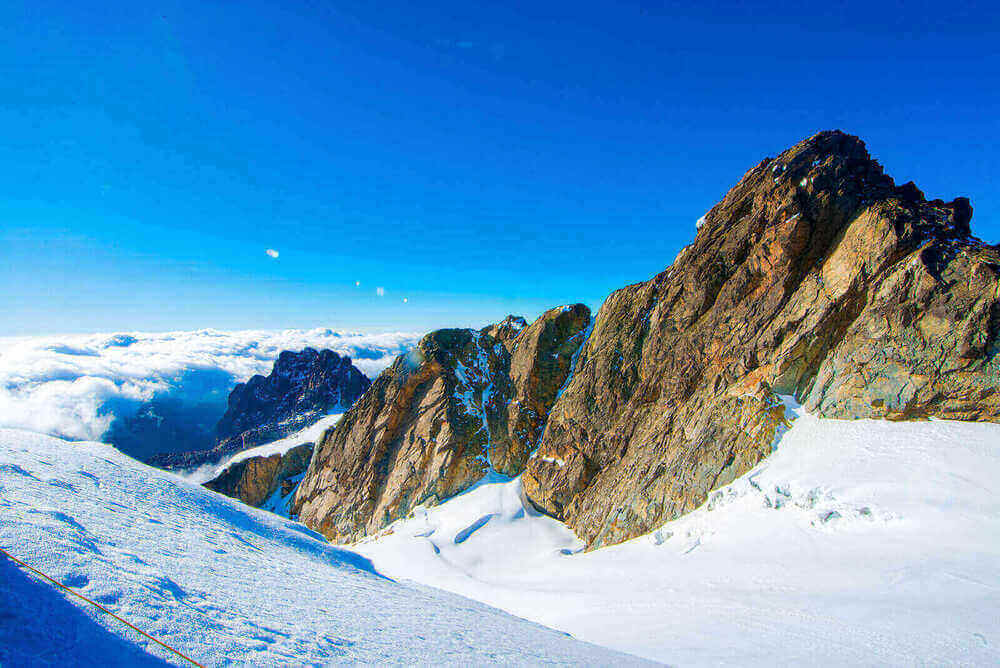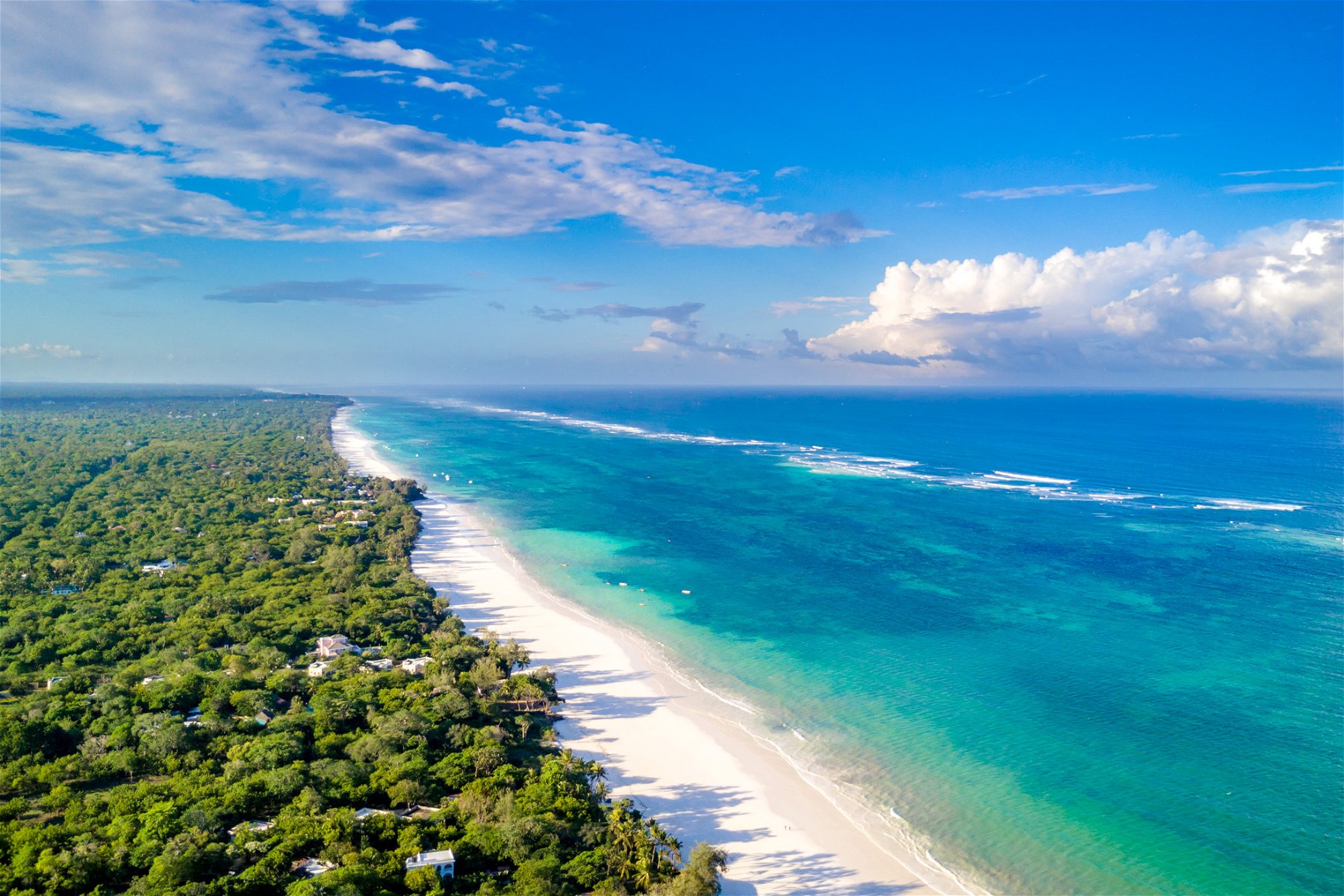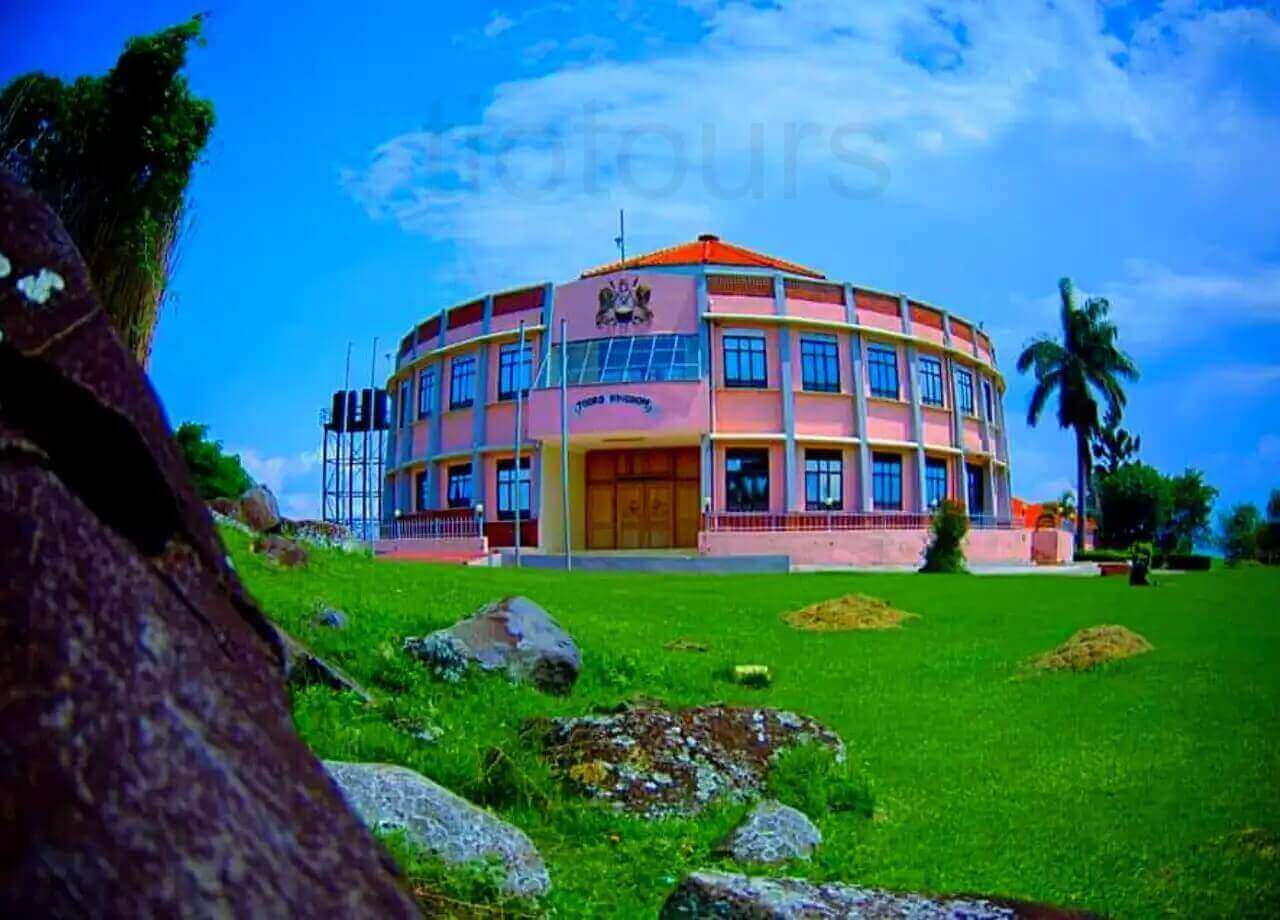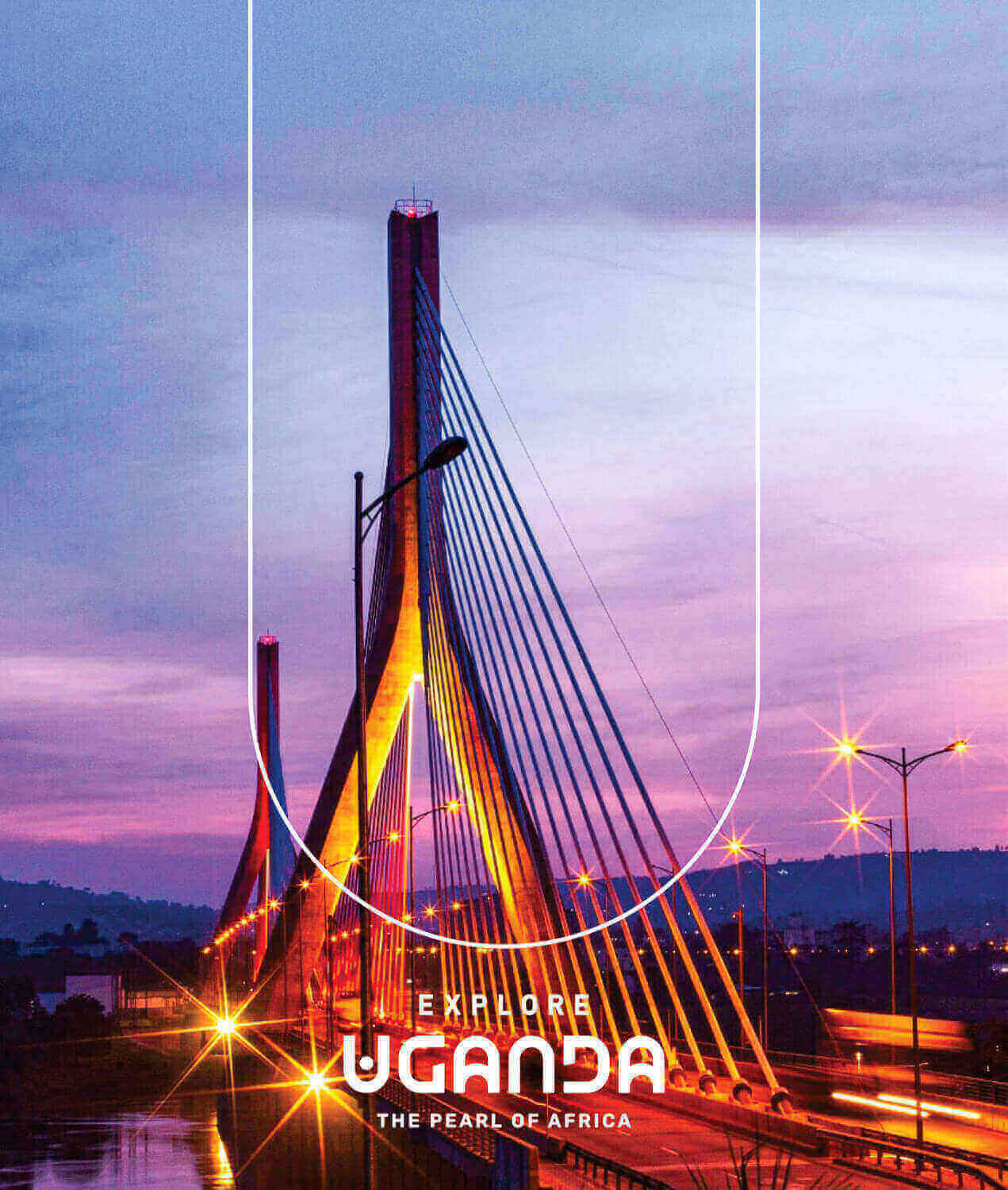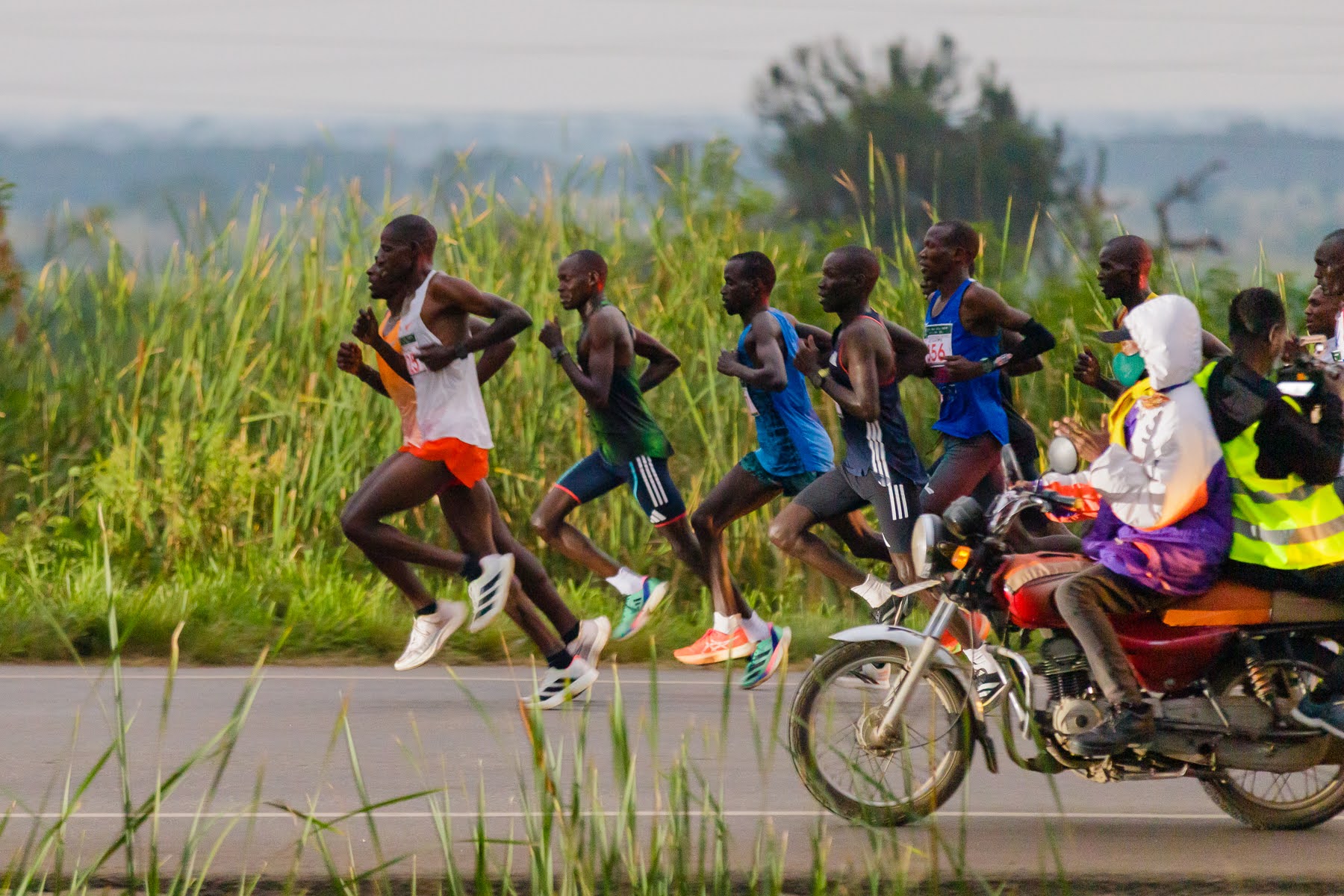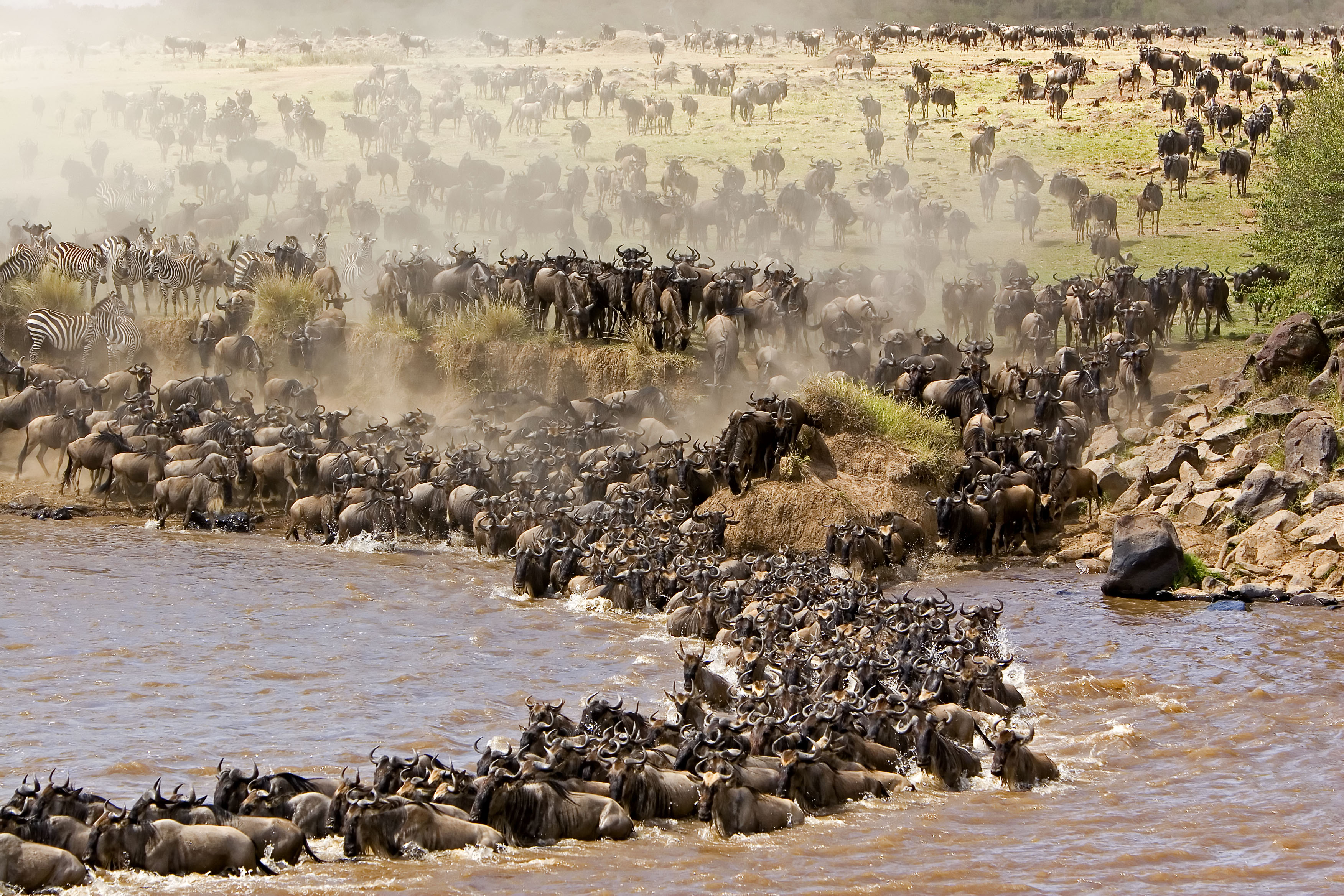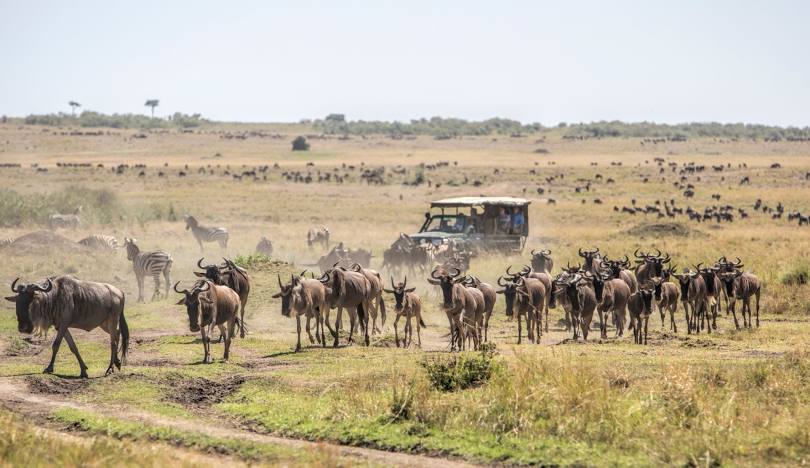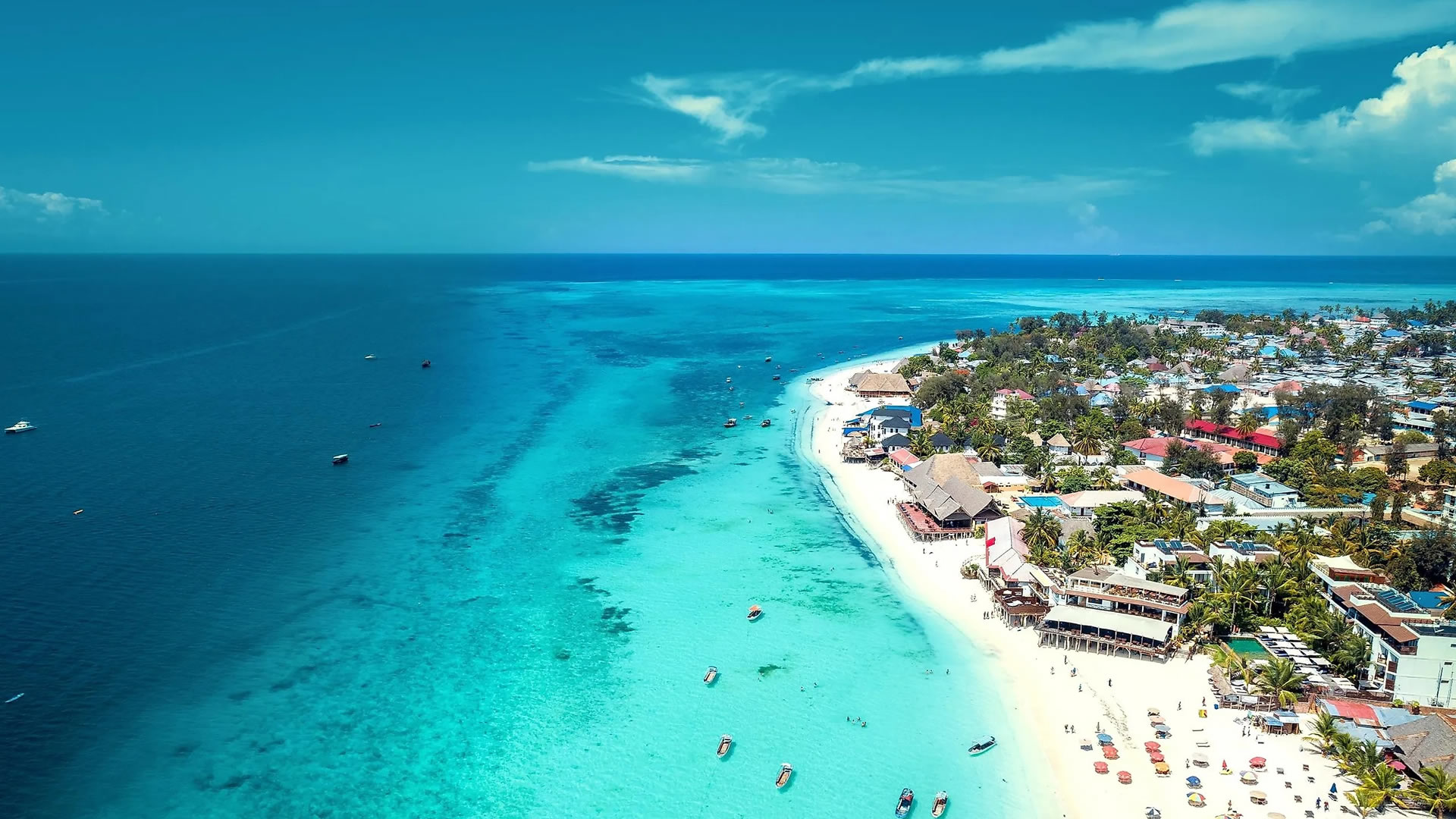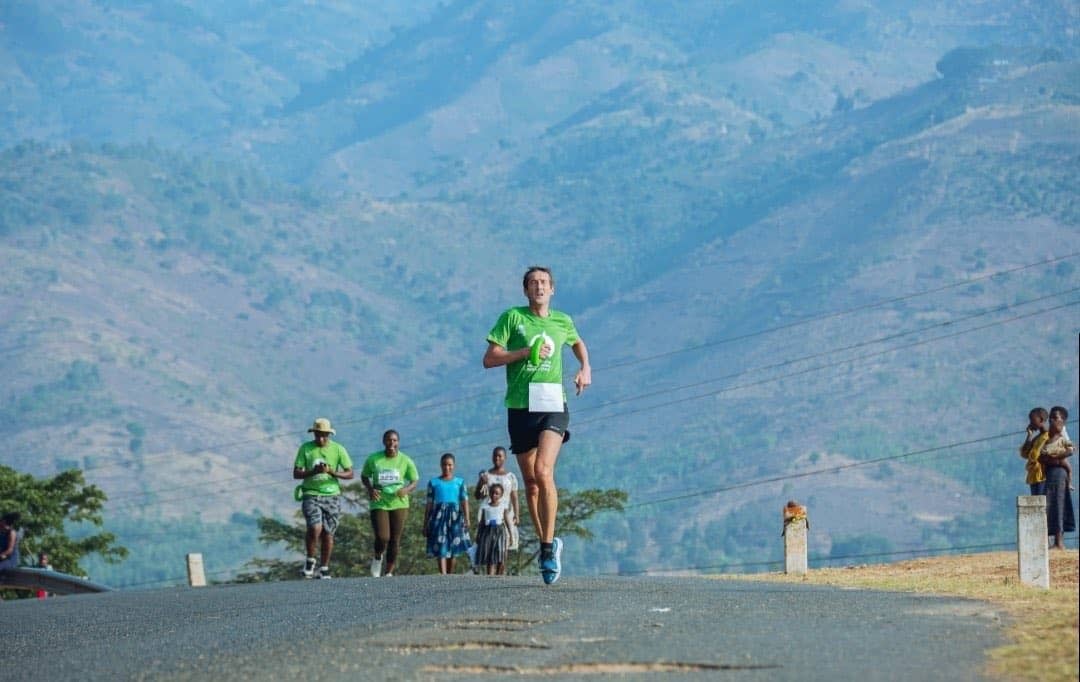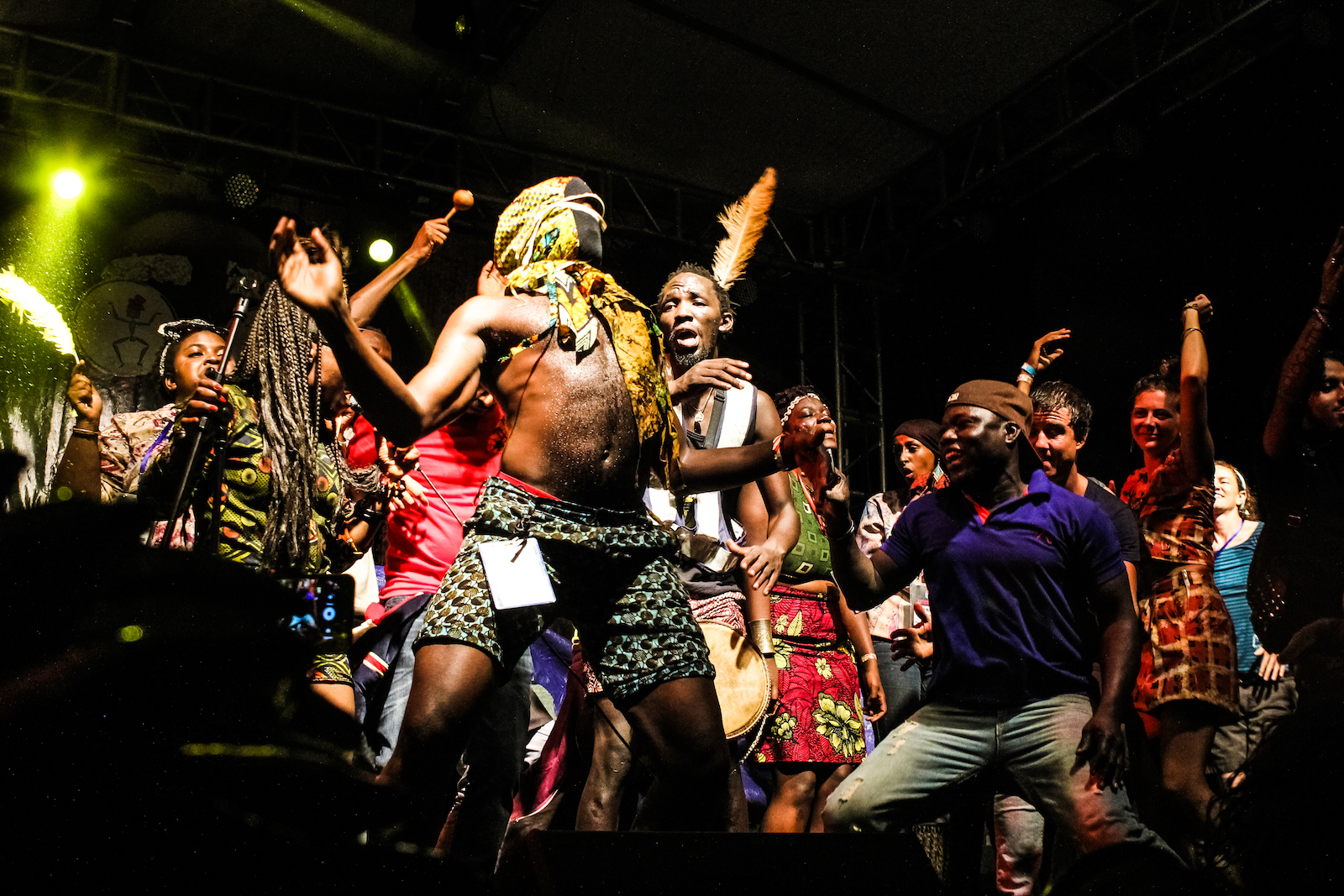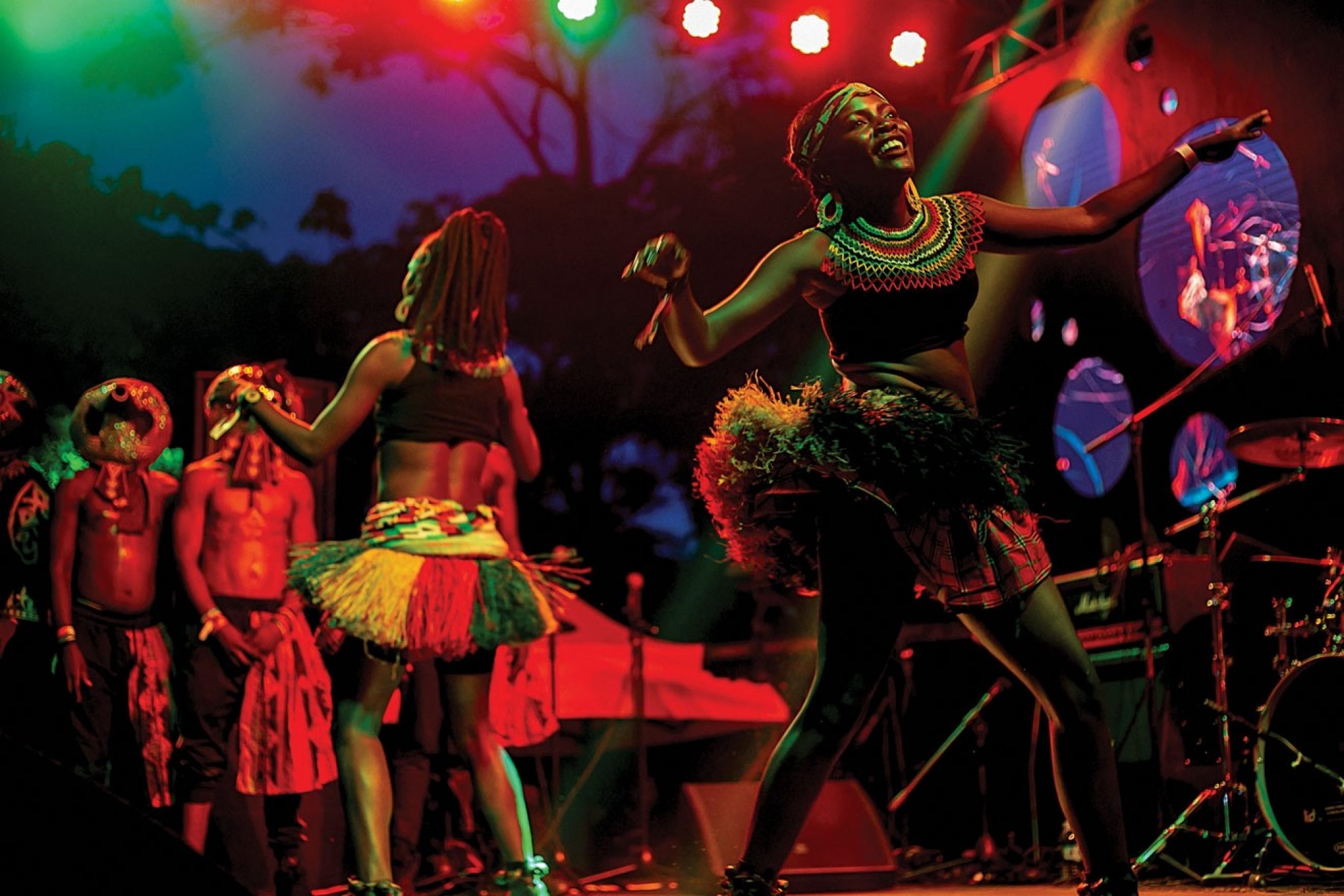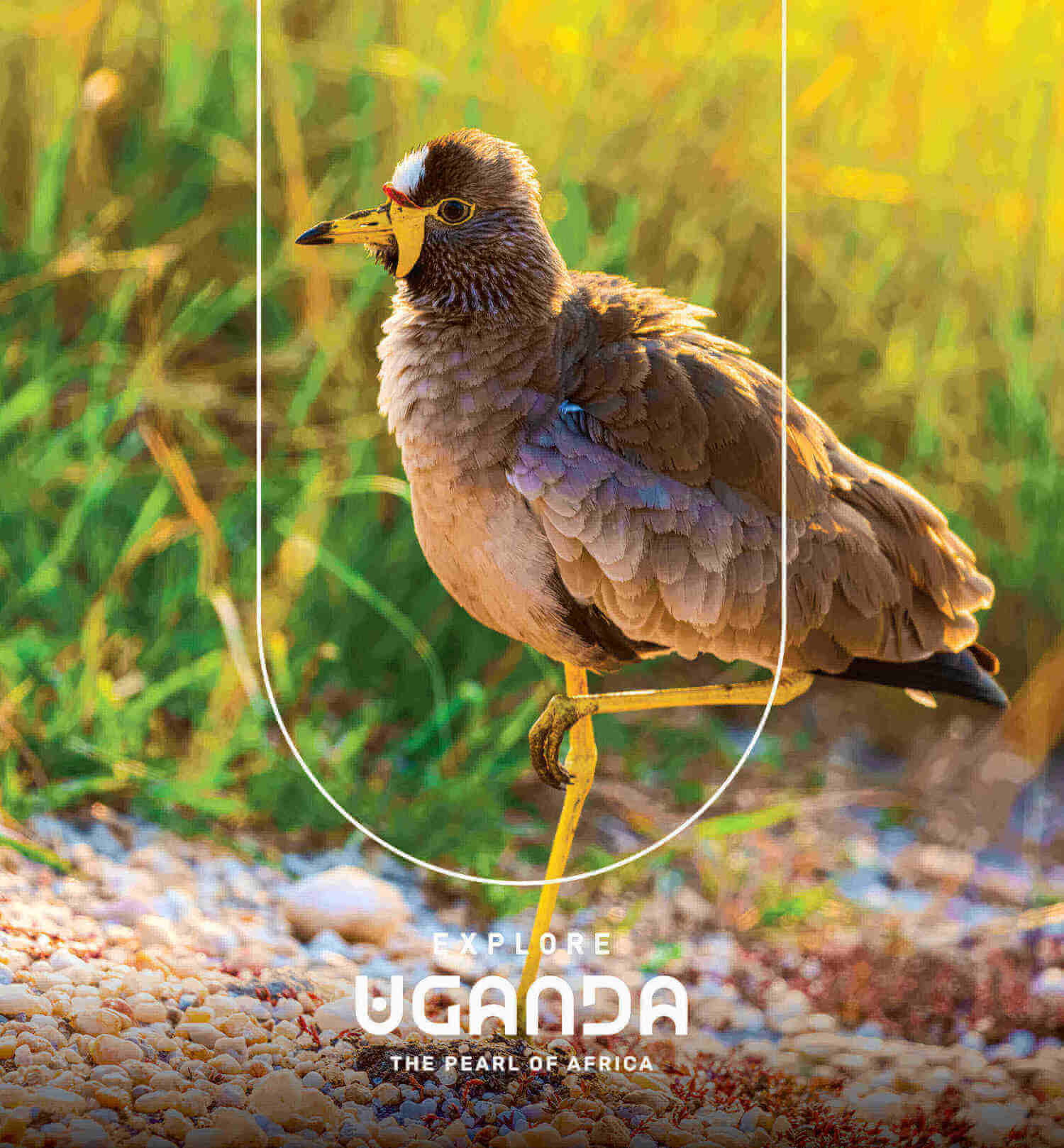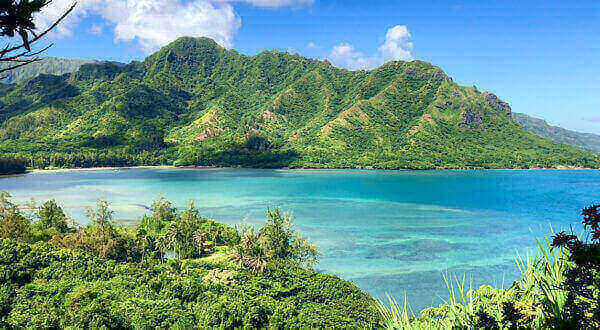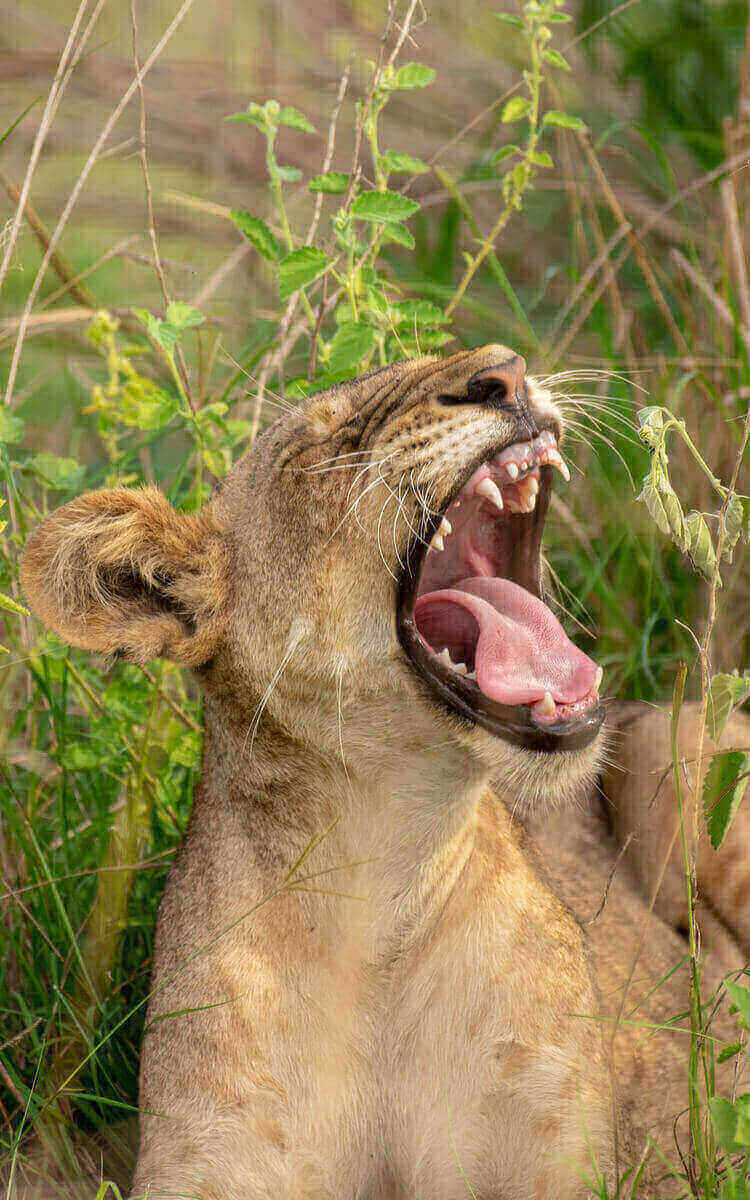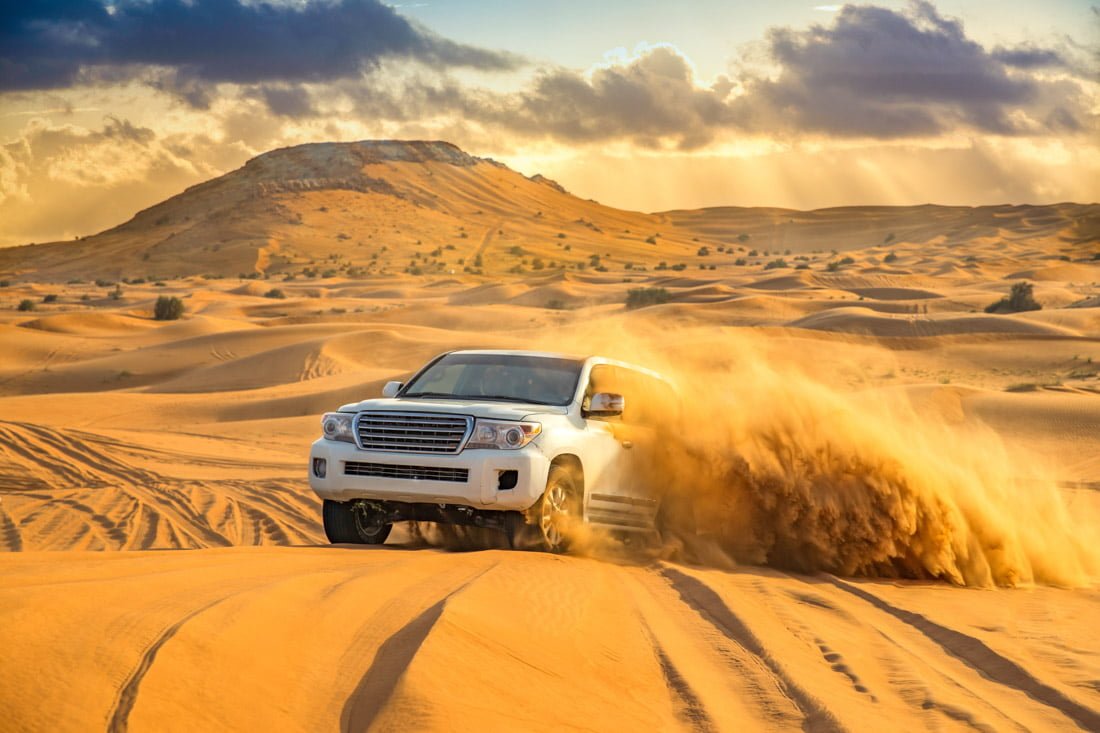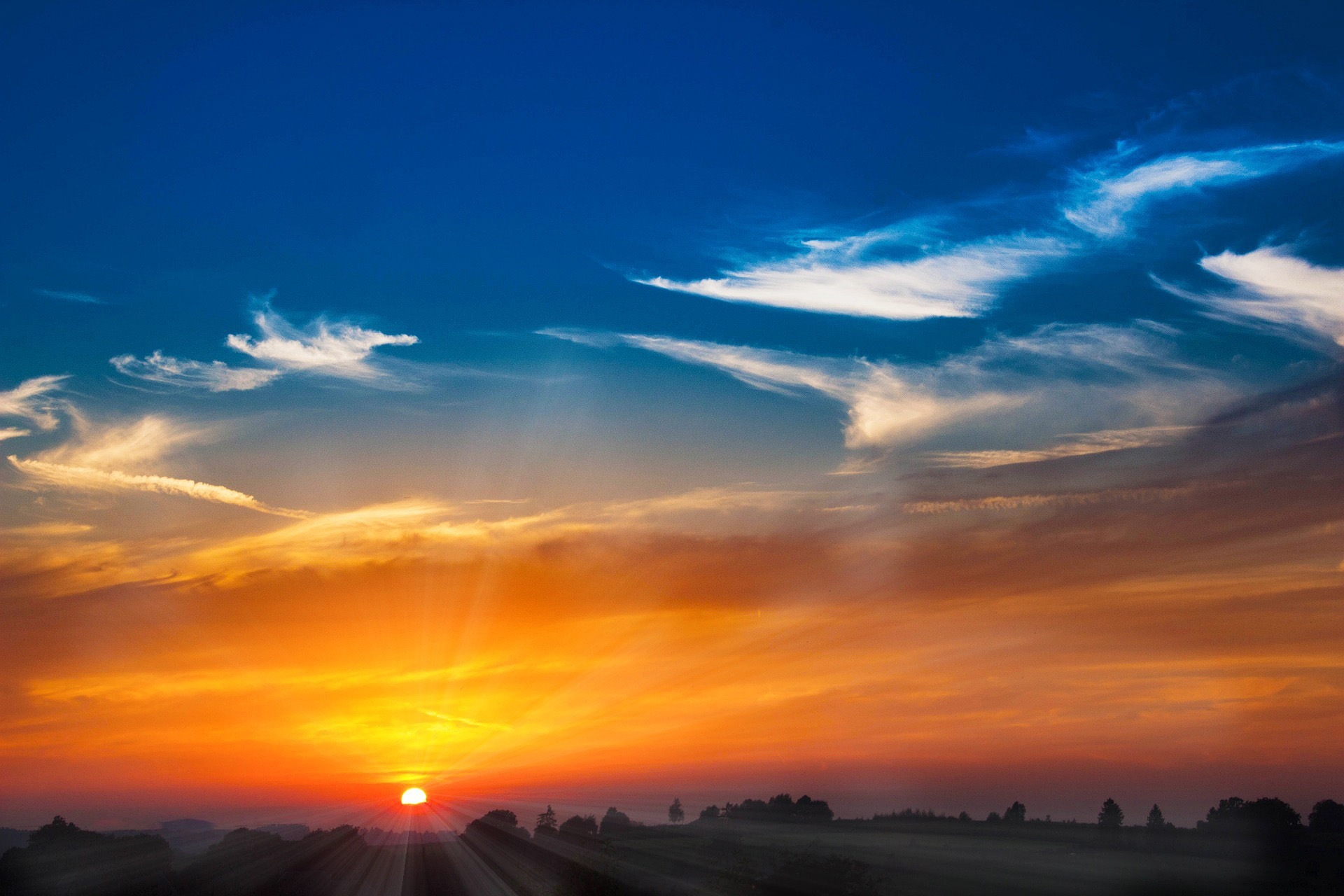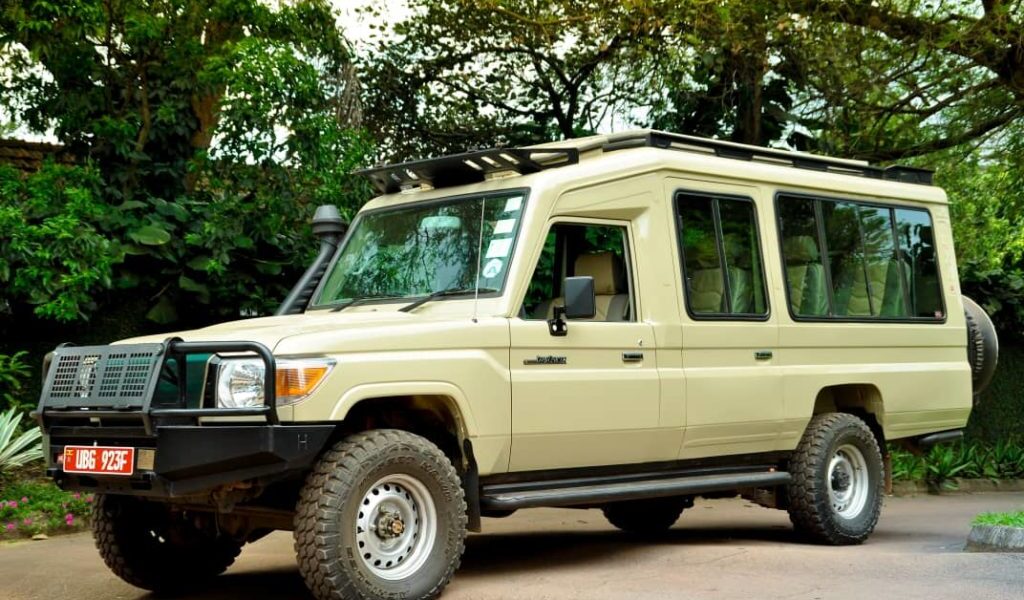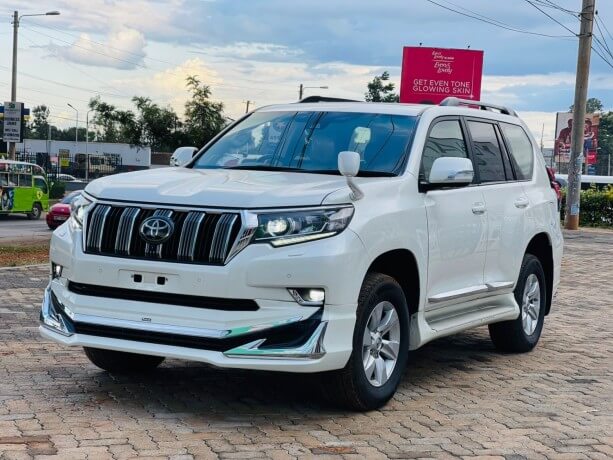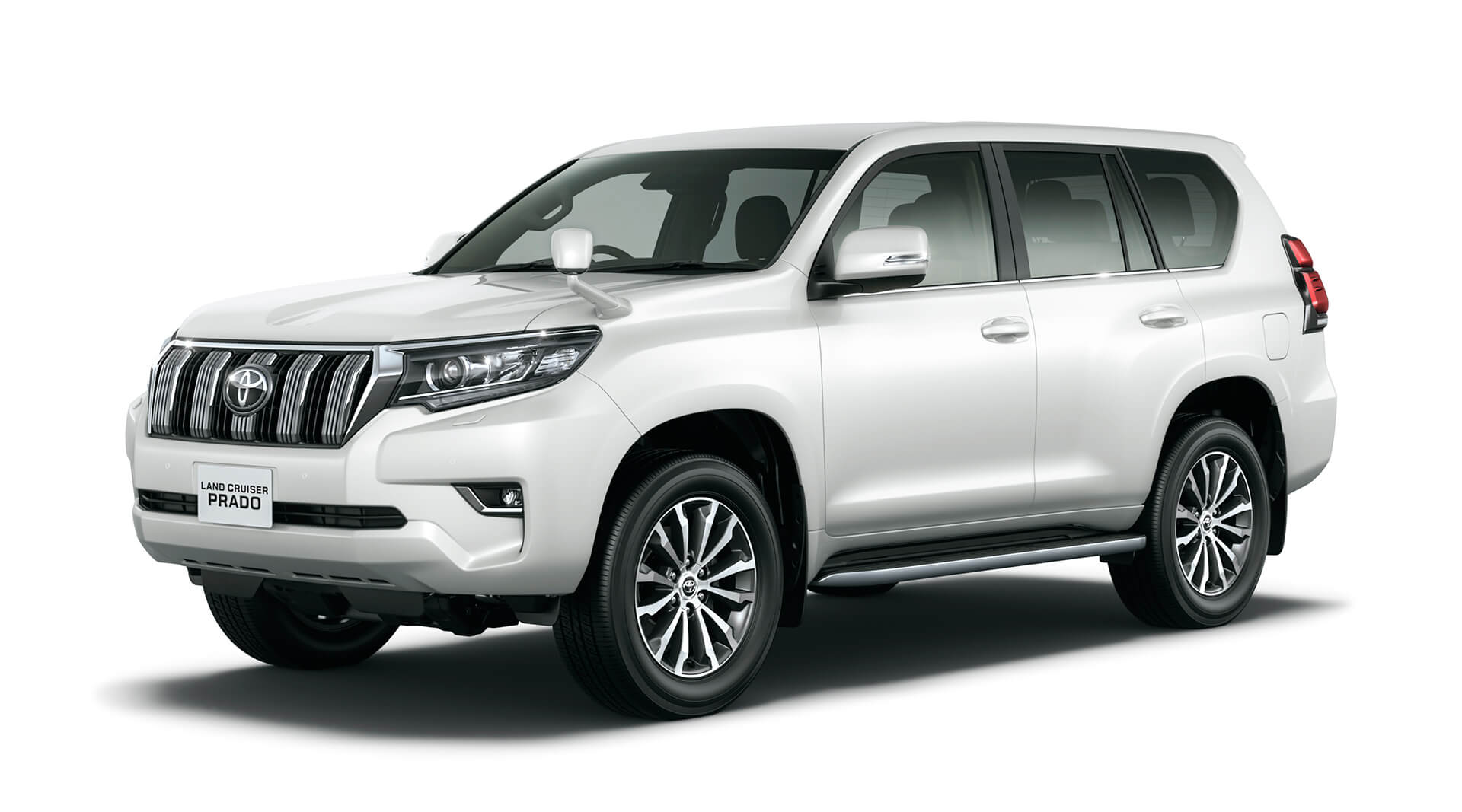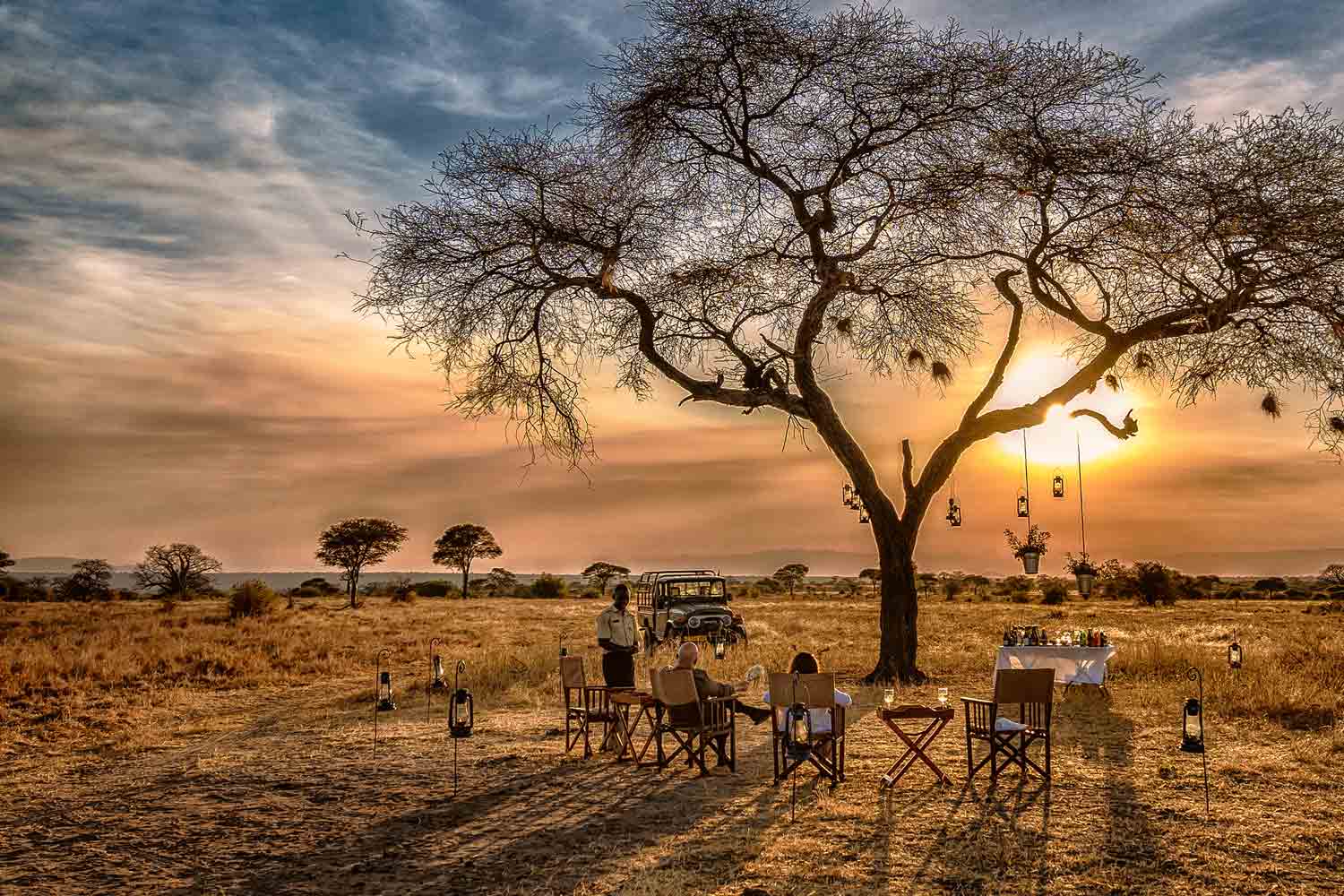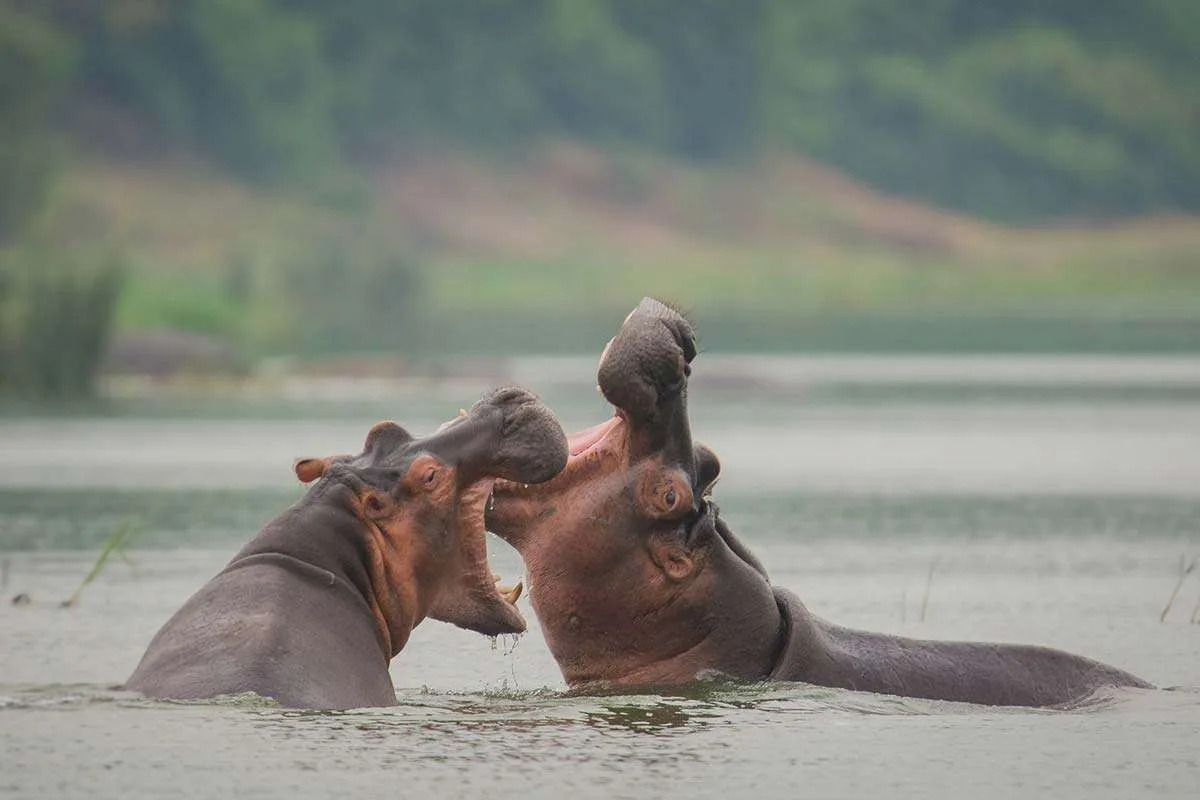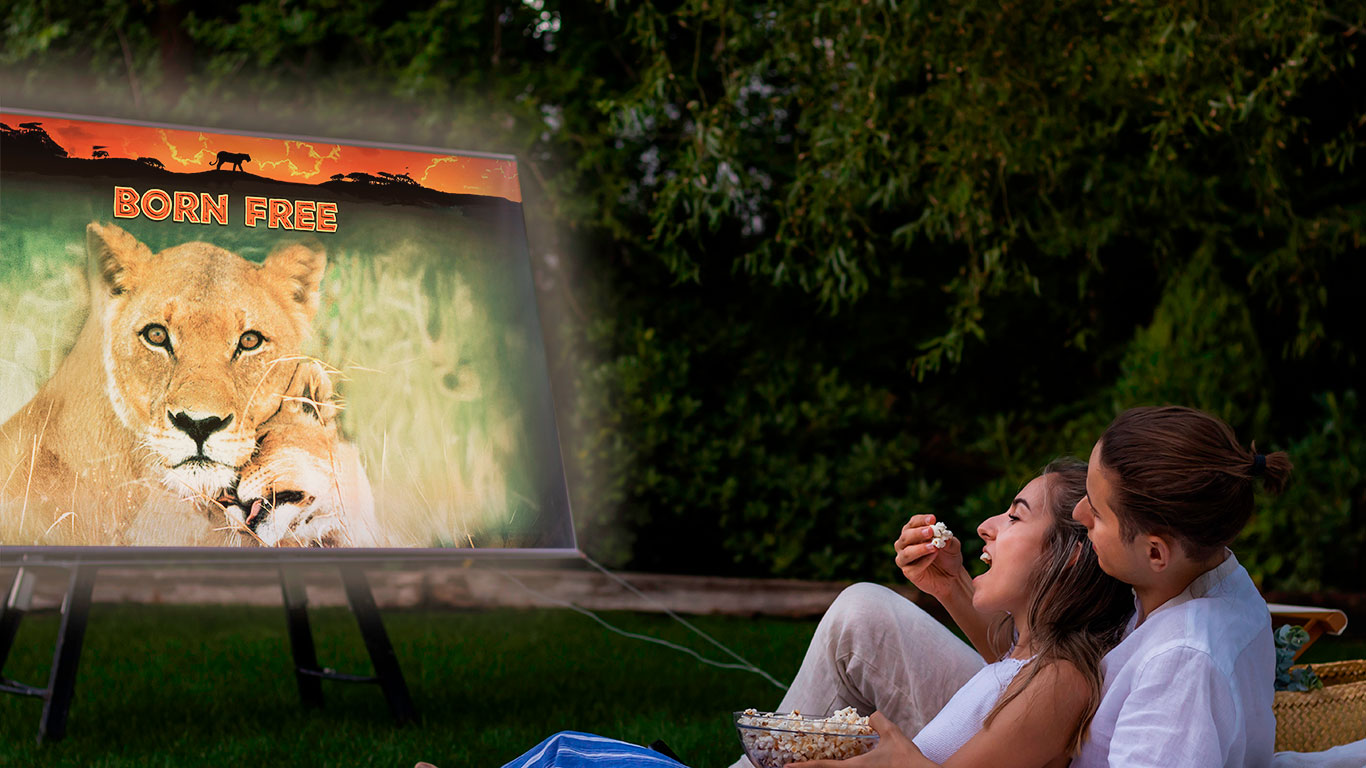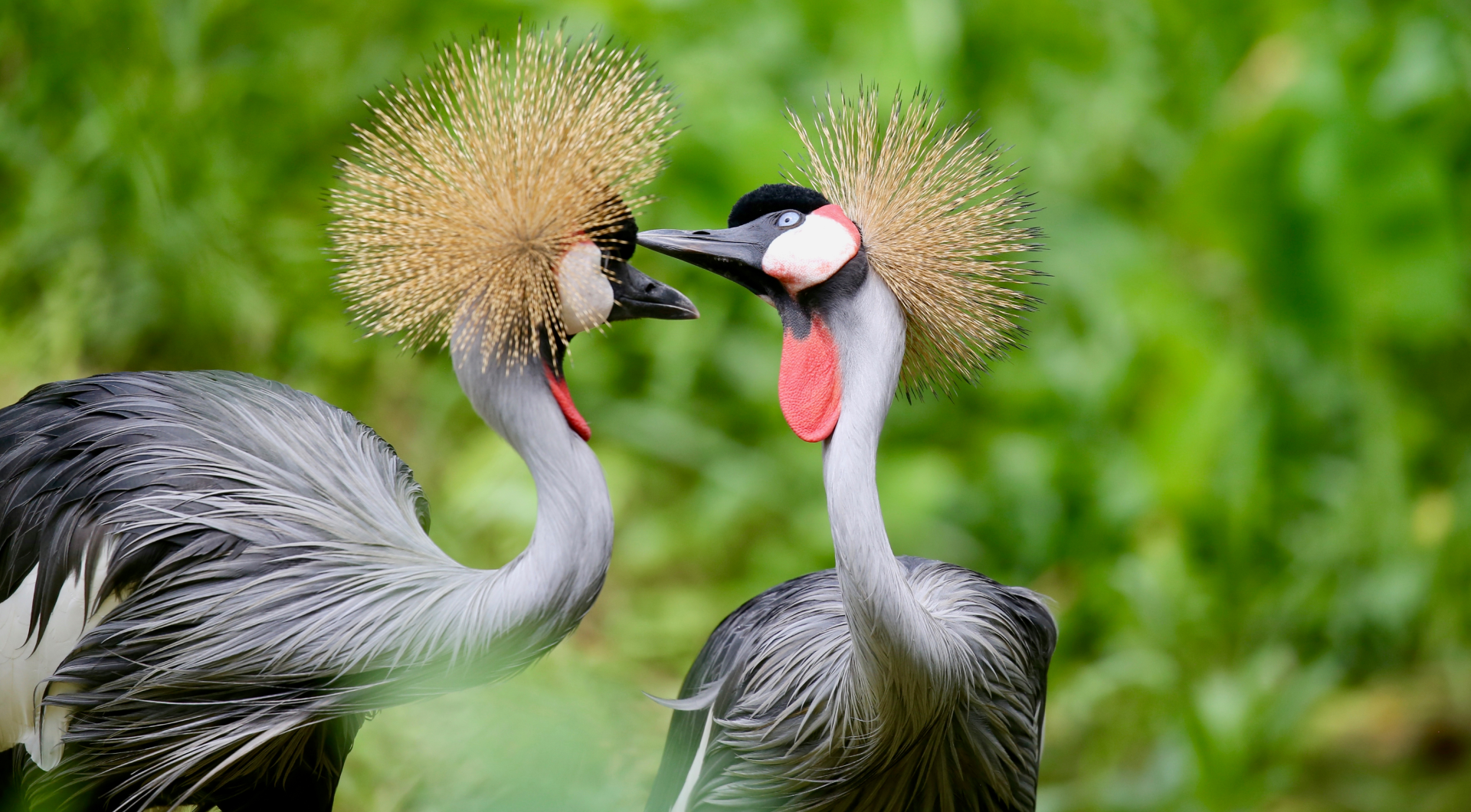
Find Next Place To Visit
Discover amazing places at exclusive deals
Discover Your Adventurous Dream Destinations
From exotic beaches to historic landmarks, explore a world of possibilities. Dive into our curated destinations and start planning your next escape.
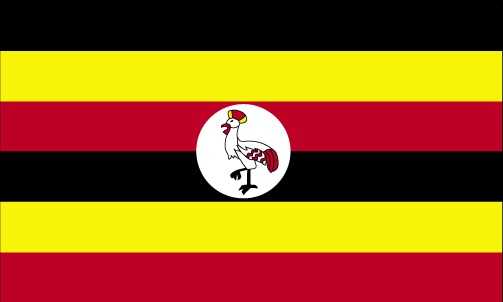
Uganda Unveiled
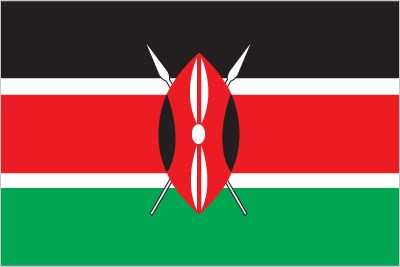
Kenya's Hidden Treasures
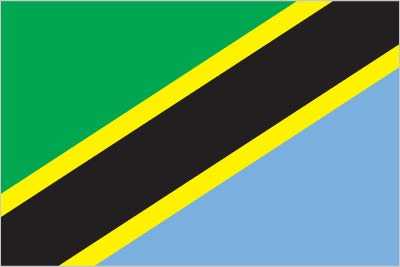
Tanzania: The Land of Wonders
Explore Our Tour Packages
Embark on unforgettable adventures. Explore iconic destinations. Your journey begins here.
Icons of Tanzania Safari – Tarangire Elephants & Serengeti Plains.
Tanzania
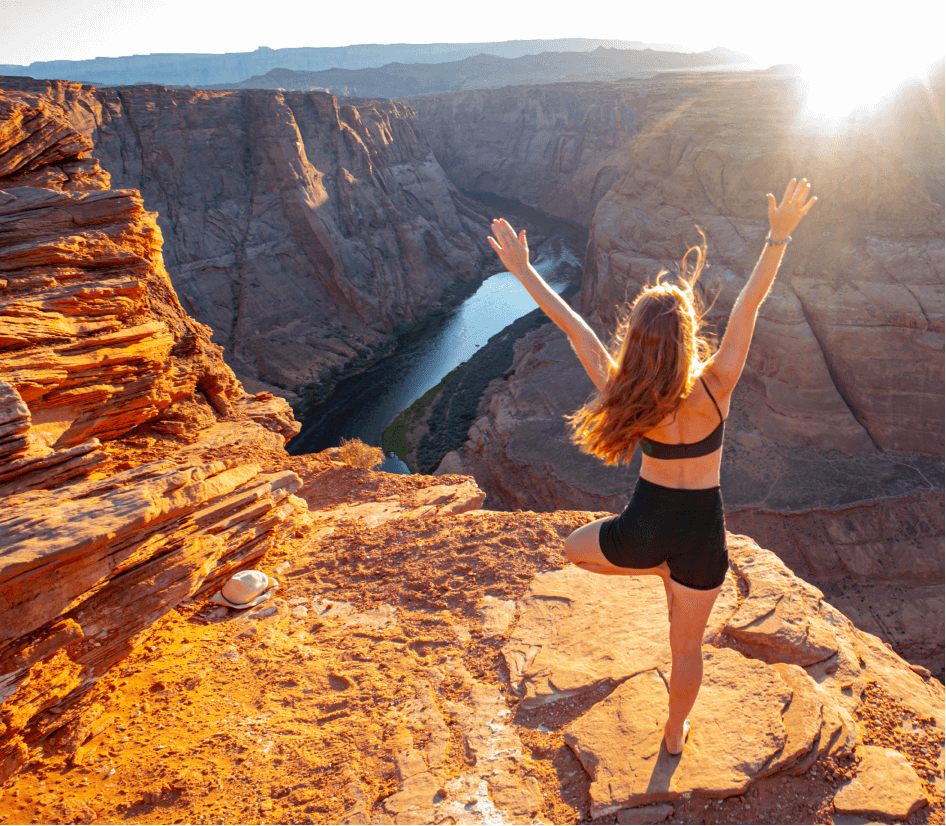
Things to do on your trip

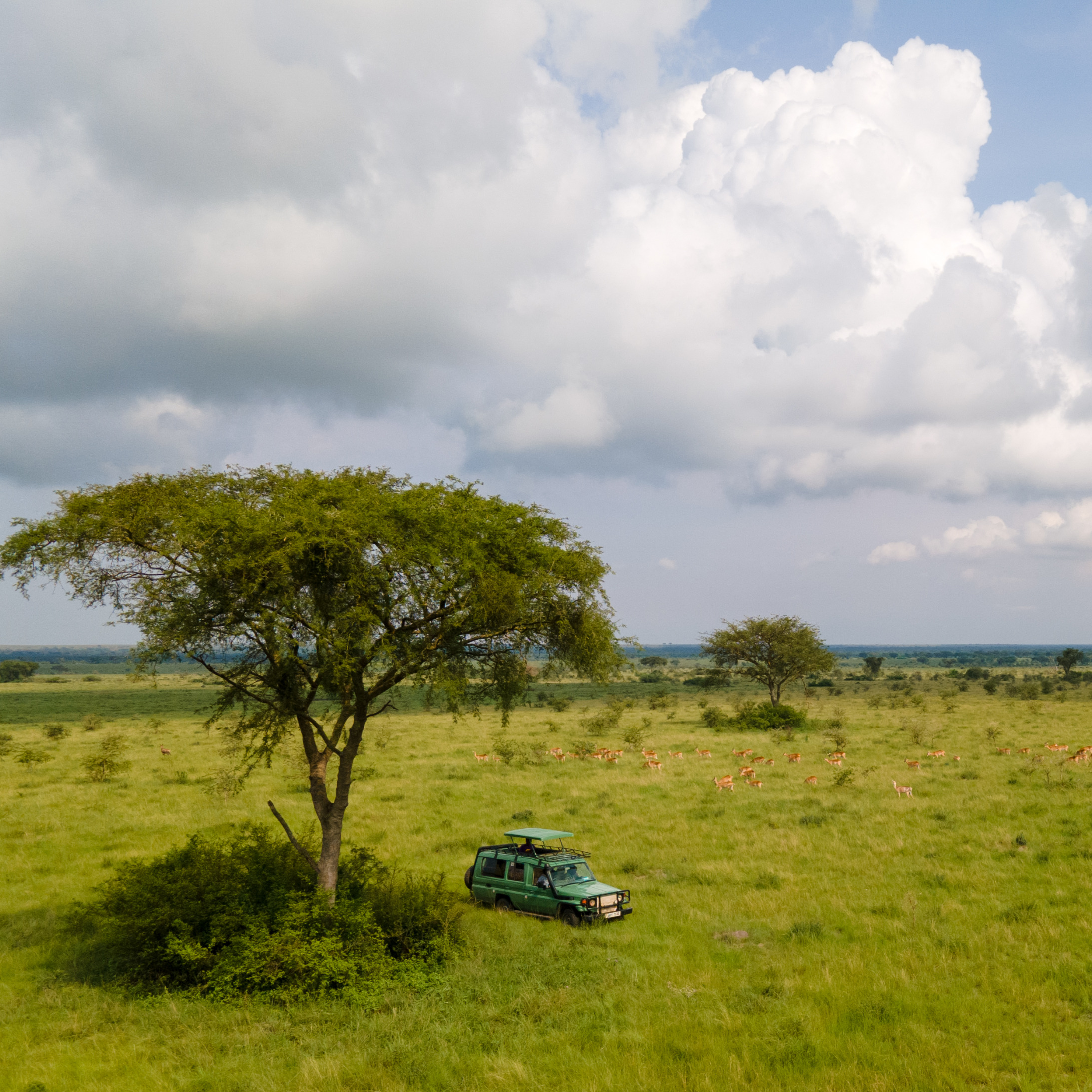
Explore Unbeatable Safari Deals To East Africa
Destinations we love
Indulge in our favorite places across the globe. These are the destinations we hold dear to our hearts. Let us share our passion with you and help you fall in love with them too.
Our Fleet of Vehicles
Discover our impressive range of vehicles, tailored to suit your every need. From sleek and stylish to rugged and robust, our fleet ensures your journey is as comfortable as your destination


Easy & Quick Booking

Customer Care 24/7
Hear What Our Customers Are Saying About Us
Discover what our valued customers are saying about their experiences with us. Read their stories, reviews, and feedback to learn about the unforgettable journeys we've created for them.




